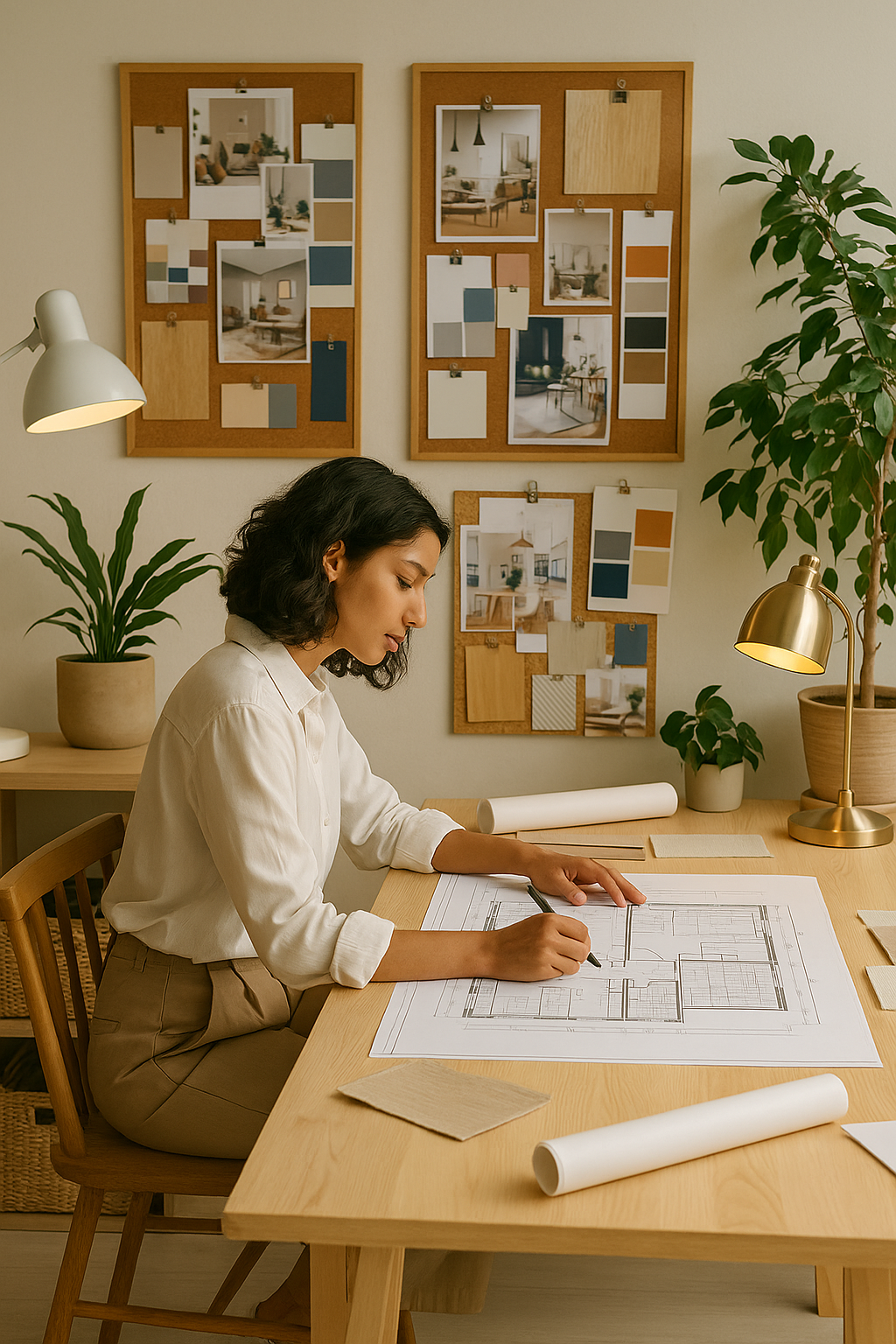Mirrors can be used to enhance almost any space. As well as being a practical part of everyday life, they are also an important style feature to include when decorating. However, decorating with mirrors must be done right, and there are a few rules you should follow to maximize the impact mirrors will have in your space.

How To Decorate With Mirrors:
Understanding how to decorate with mirrors allows you to make even the smallest spaces feel more open and balanced. Mirrors are one of the powerful design tools any great interior designer has when they’re looking to consider the mood, proportions, and lighting of a room. Here’s how you can decorate with mirrors:
Use Mirrors In Small Rooms
Mirrors in small rooms can create the illusion of a much larger space. Don’t be afraid to go big and use large mirrors in small spaces, full-length mirrors can work particularly well in small bedrooms, giving depth to the room.
Use Mirrors In Hallways
Hallways can often be neglected when it comes to interior design, and a great way to bring them to life is by using mirrors. A mirror will reflect the light and visually open up the area (which is great for narrow hallways).

Use Mirrors As A Focal Point
Mirrors work particularly well as a focal point in most rooms, inviting life and energy into the space. Above a fireplace is a great place to hang a beautiful mirror, creating a central focal point for the room. Mirrors also work very well as a focal point in entryways, welcoming guests into the home.
Think About What The Mirror Is Reflecting
When you are choosing where to place your mirror, think about what you will be seeing in the reflection. Ensure that your mirror will reflect some natural light to help brighten your space, and make sure it’s not facing an area that usually gets cluttered.

How Not To Decorate With Mirrors:
Poor placement or overuse of mirrors can negatively impact a room’s design, so it’s important to consider common mistakes when decorating with mirrors:
Placing Your Mirrors Too High
Like with artwork, wall mirrors should be hung at eye level. It can be tempting to place mirrors at a higher level when they are being hung over a fireplace, but remember, if they’re too high all you will see is a reflection of the ceiling, so try to keep at least part of the mirror at eye level if you can.
Using Mirrors In The Kitchen
The kitchen is perhaps one of the only places in the home where there is no need for a mirror. Mirrors placed in kitchens will get dirty very quickly and will need to be cleaned frequently.
Using Too Many Mirrors
When you start to use too many mirrors, it can start to look confused and cluttered. There’s no need to hang a mirror just to fill empty wall space - if you don’t want to leave a wall empty, but the area isn’t quite right for a mirror, then consider hanging a beautiful artwork instead.

Using Mirrors On The Ceiling
There’s no need to hang mirrors on the ceiling in a residential setting. Apart from making a space feel cluttered, it’s also dangerous and could result in a fatal injury if the mirror becomes damaged or falls. If you do decide to hang a mirror overhead, it should only ever be installed by a professional.
Become a professional Interior Designer at the Institute of Creative Design
Whether you’re passionate about home styling or ready to turn your creativity into a career, understanding how to decorate with mirrors is going to be one of your most powerful tools. Mirrors bring space, act as focal points, and create the illusion of depth.
At the Institute of Creative Design, we offer industry recognized courses to help you build your knowledge and apply design principles.
FAQs
Where To Put Mirrors?
You can place mirrors where they reflect light, expand space, and enhance the surrounding decorations.
What Are Common Mirror Decorating Mistakes?
Common mirror decoration mistakes are placing mirrors too high, placing them on kitchens and ceilings, and using too many in one space.
Is It Good When The Mirror Faces The Bed?
From an interior design point of view, it depends on the context of the room. Some experts suggest it can disrupt sleep and the flow of the room, while others see no problem and suggest it is up to personal preference.

